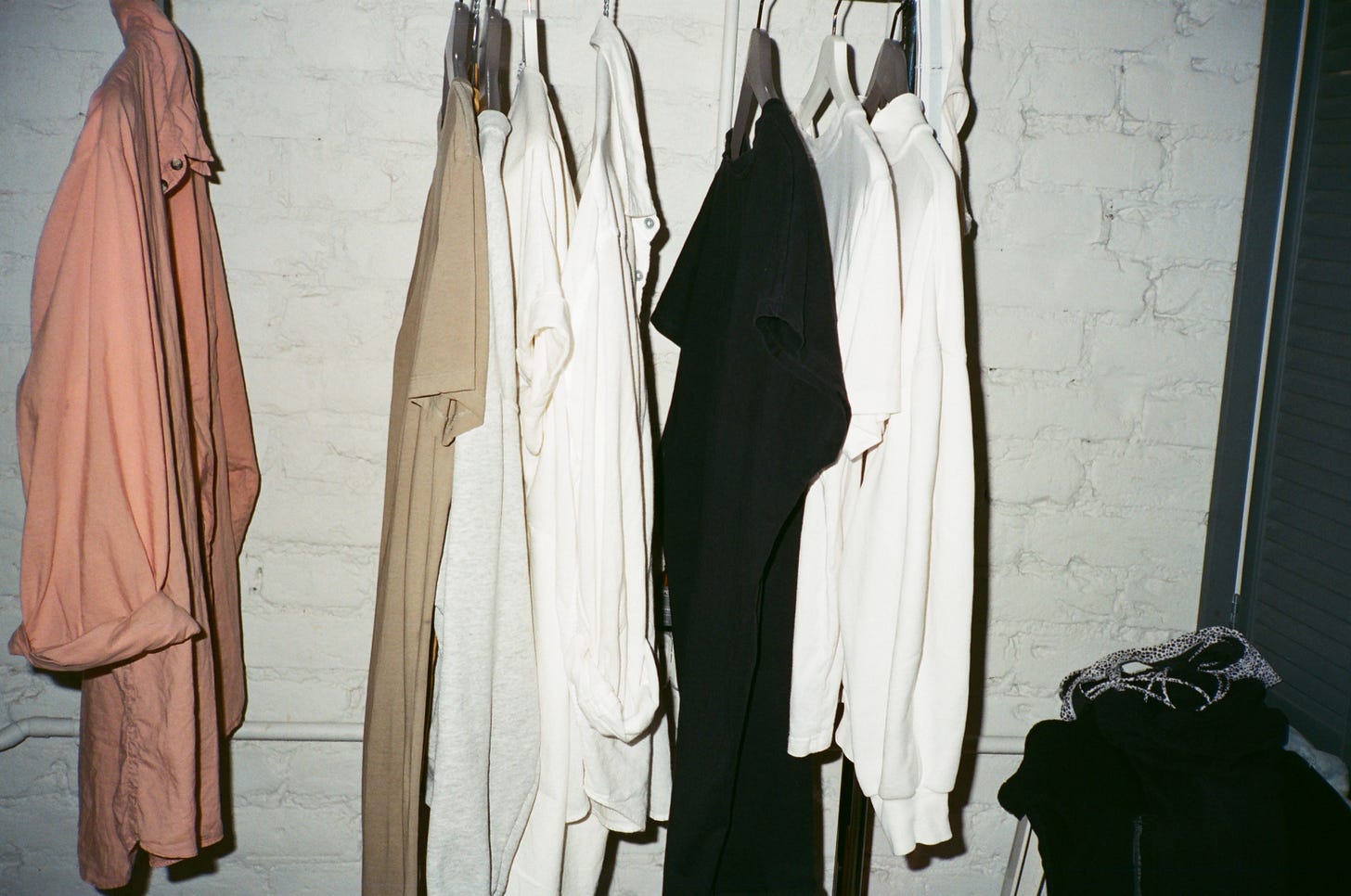If you pay attention to the business of fashion resale platforms — and honestly, if your name isn’t Rachel Velebny why would you spend your time on that — you know that they’ve had exponential growth over the last few years, backed up by billion-dollar investments, chasing the goal of an IPO.
And if you pay attention to any economic or business news — again, your time is better spent — you know that there’s not a deep pool of organisations or individuals who have the monetary power to drive growth like that.
There’s lots and lots of money flying around the fashion resale industry. And I am seeing the same names funding resale apps as those that fund the fast fashion companies that populate resale platforms.
The people behind apps like Vinted, Depop, or Poshmark are not in this for the love of fashion or the goal of contributing to climate change solutions. They saw the old guy who owns Zara become The Richest Man in the World (for only two days, but these guys are shockingly short-sighted) and they are betting on The Next Zara of Resale. Because they’re also not very creative.
Just like lower end fast fashion stores, these apps depend on a large volume of small transactions. They depend on consumers changing almost nothing about their consuming habits, except for the digital interface presenting the goods. These companies will make their owners, executives, and investors a lot of money in the next few years, or as long as there are functioning postal services.
But they are not designed to, or even trying to, do anything to mitigate, meaningfully, the environmental or human cost of the fast fashion system.
Part of how I dealt with Brexit and Trump was to declare to myself that I would do my best to spend money where it makes the most direct impact, and not where it enriches old white guys even more. Locally owned shops are great and important for their communities and also a bit expensive, so I signed up for Depop to buy clothes from other women like myself.
However, in the last year, I’ve noticed more and more of what I’m scrolling through isn’t even what you’d consider “fast” fashion. It’s disposable shit from Shien or Ali Express. The cowards way out is to label it “unknown”, while the liars try out “vintage” hoping that you don’t notice that all the “vintage” items in their shop are in the exact cut and colour as what current IG girls are wearing.
It’s just depressing when they don’t even try to hide it. They’ll say it’s from Shien and list it for 5 euros, and they know you know they haven’t washed it because the item is still in one piece.
But maybe the most depressing part is that despite all that money behind these companies there is absolutely no quality control or curation, because that would cost money and their only purpose (they sell no goods, provide a minimal service more like social media than a shop) is to make more money for their investors.
The same investors who make money from fast fashion brands.
And these people are more than happy for you to pay them twice for the same garments that they paid next to nothing to produce.
They use the apps to say, “we’ve solved all the problems with fast fashion!” often and loudly on any podcast or YouTube channel that will host them.
When what they’ve really done is turn consumers, me and you, into their personal, individual waste-processing plants while charging us for handling their waste.
no standalone on topic links this week as I needed to link specific info in the text.
this piece, or something like it, has been sitting in my drafts for a while and this is a good week for using work you’ve already done.
if you’ve made it this far, thank you for reading my newsletter and i hope you have a good end of year holiday filled with relaxation and covid-appropriate celebration.



